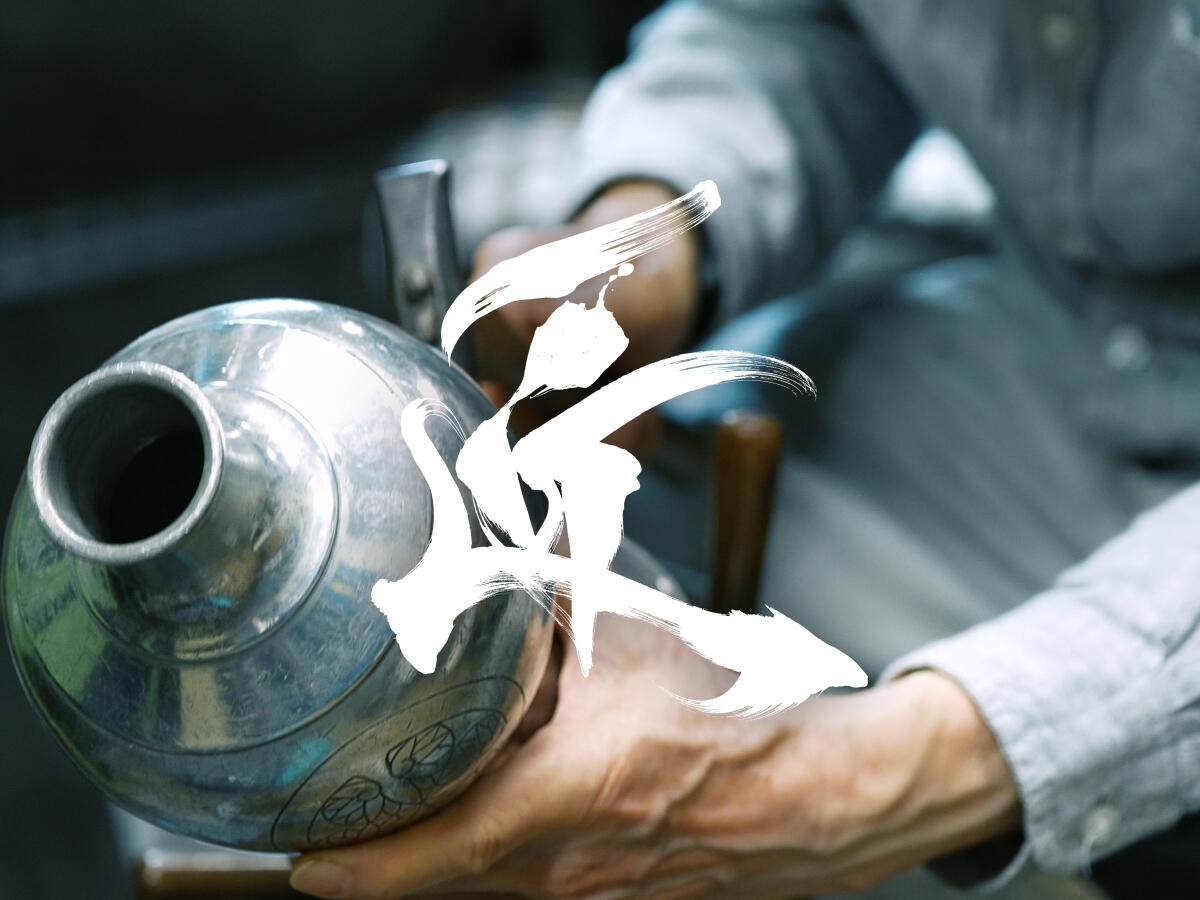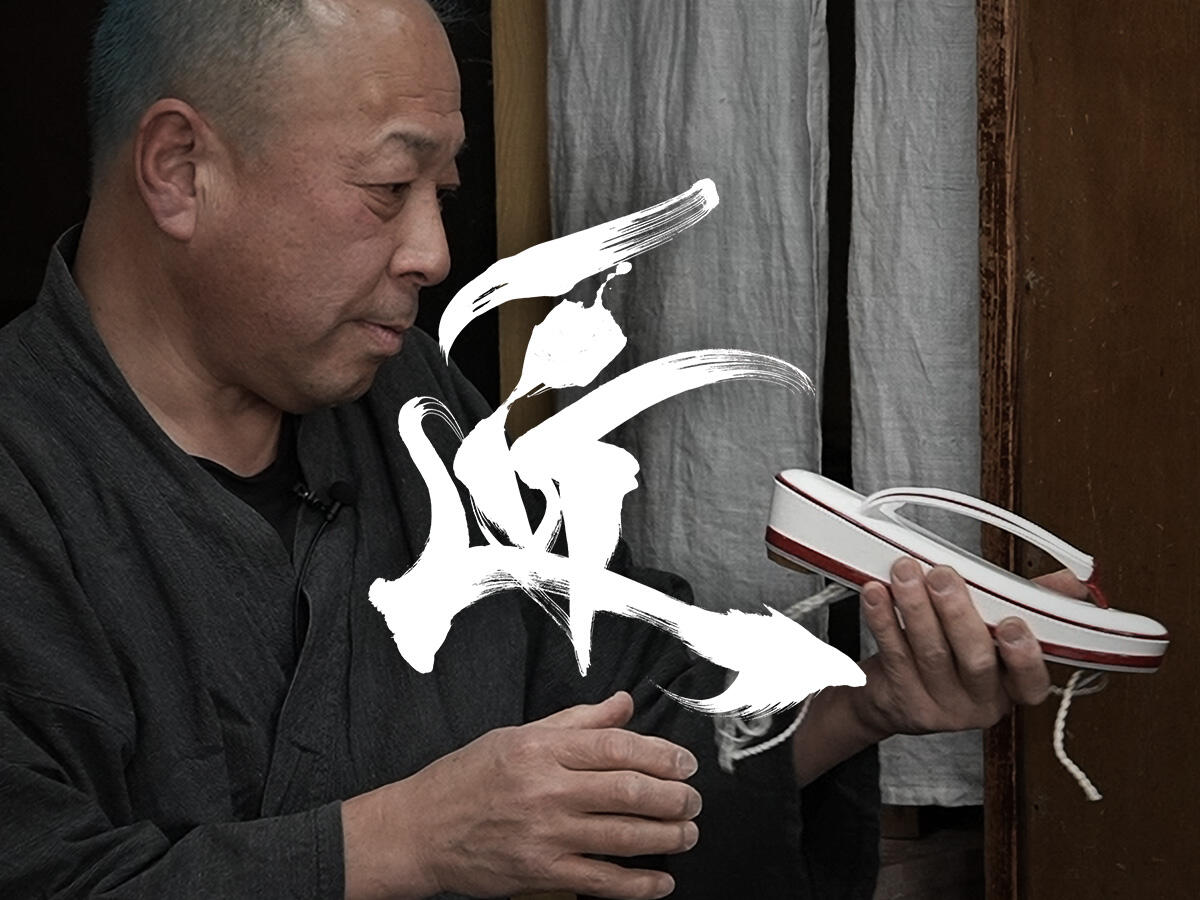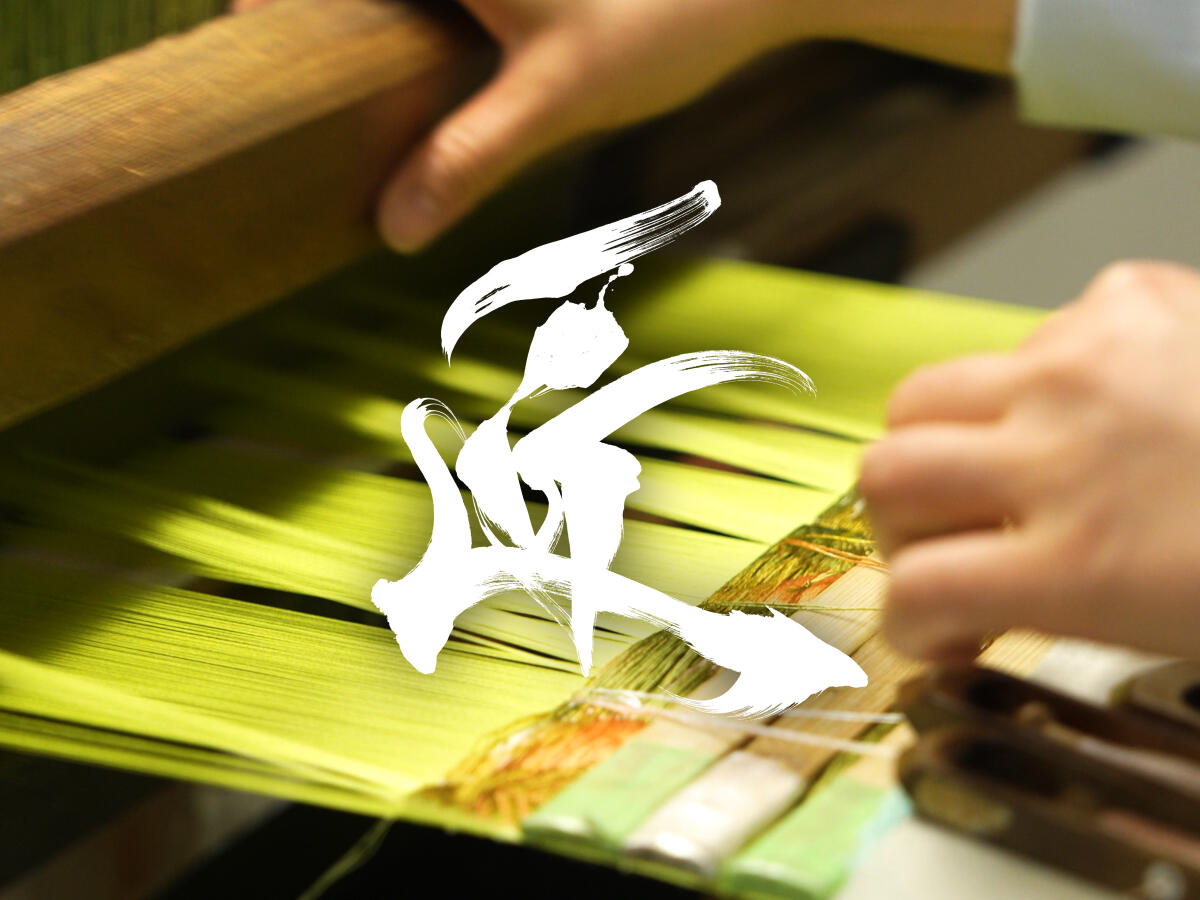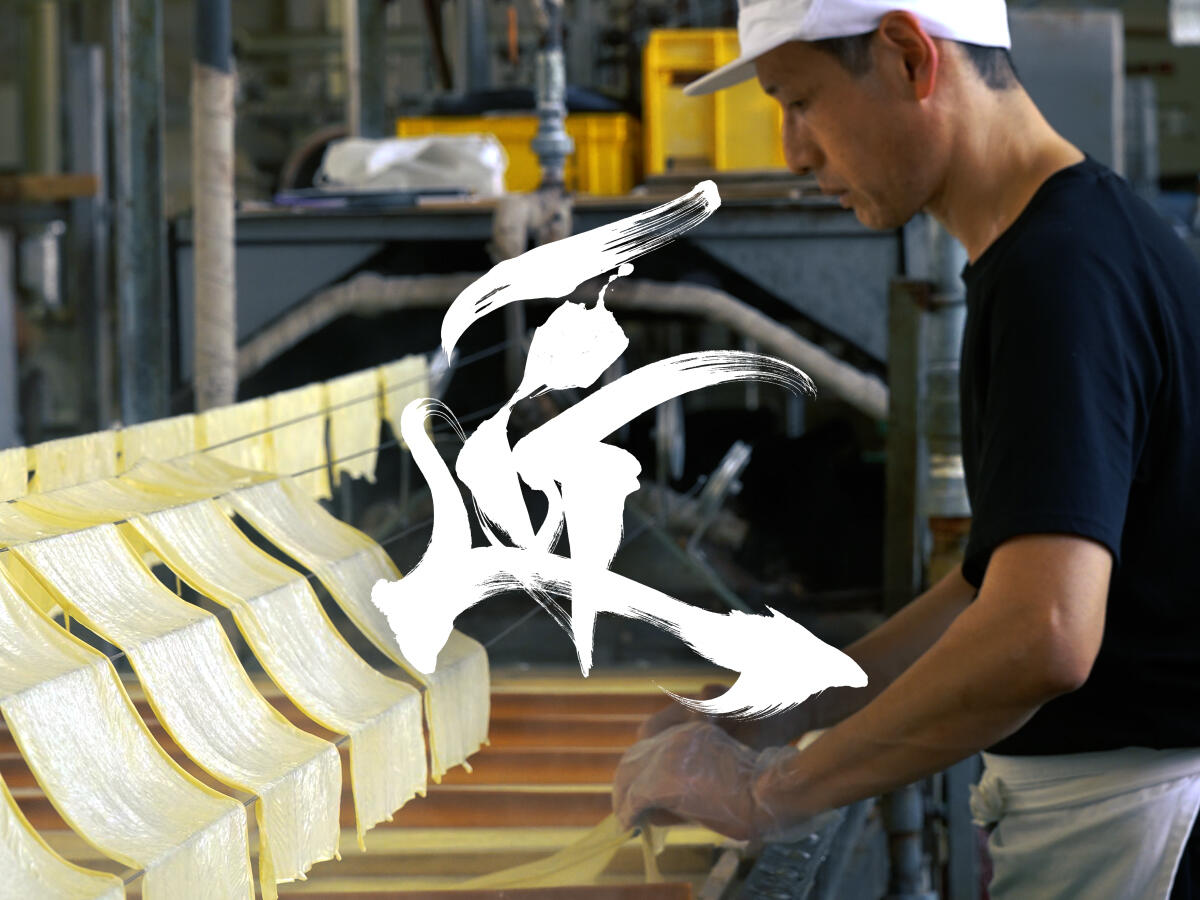Japanese traditional clothing, the 'kimono,' has an important element called the 'obi.' The production process involves designing, selecting threads for the warp and weft that match the design, dyeing the threads, and weaving them together. The Gion Saito kimono shop in Kyoto has been in business for about 180 years, since the Edo period. Some of the obi available there are recreated based on valuable historical “kogire” fabrics. In this episode, the 8th-generation owner of Gion Saito and Saito Orimono joins an LED lighting engineer from Kyocera to discuss the obi manufacturing process and technology related to LED lighting.

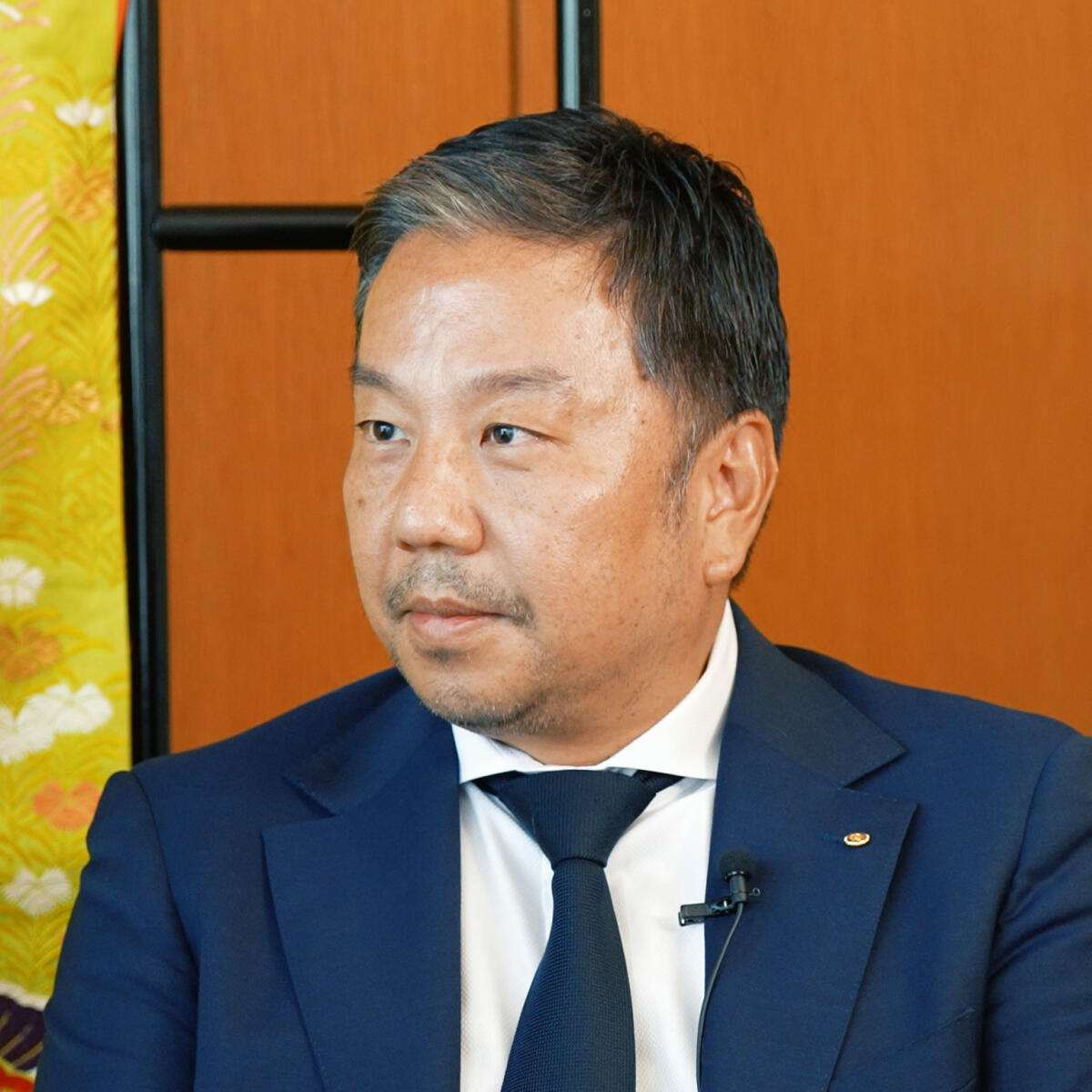
Koji Saito
SAITO ORIMONO
8th-Generation Owner
Saito Orimono, located in the Nishigamo area of Kyoto, produces the Nishijin-ori obi sold at Gion Saito using handlooms. They study the patterns of kogire fabrics collected over many years, such as from Noh costumes and period textiles, and recreate them as obi. They adhere to the "Saito Family Precepts" and are dedicated to the development of the company.

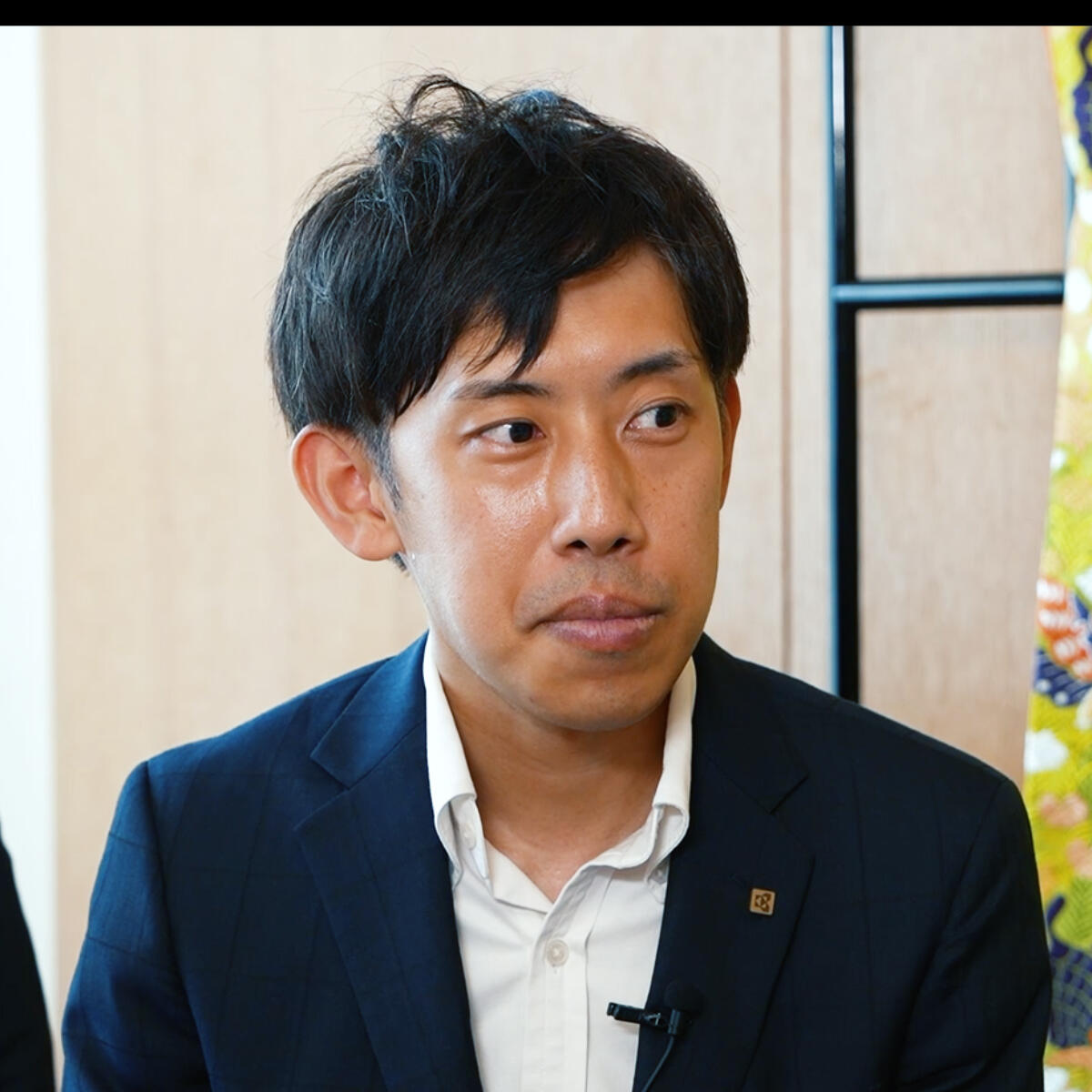
Kouhei Ikeda
Corporate Ceramic Materials Semiconductor Components Group
Ikeda joined Kyocera in 2012. Since then, he has been involved in the design of Kyocera's LED lighting brand "CERAPHIC," which uses phosphor blending as a core technology. By leveraging full-spectrum light close to sunlight, he supports the development of business operations.
Articles in the same series
Latest Articles
-
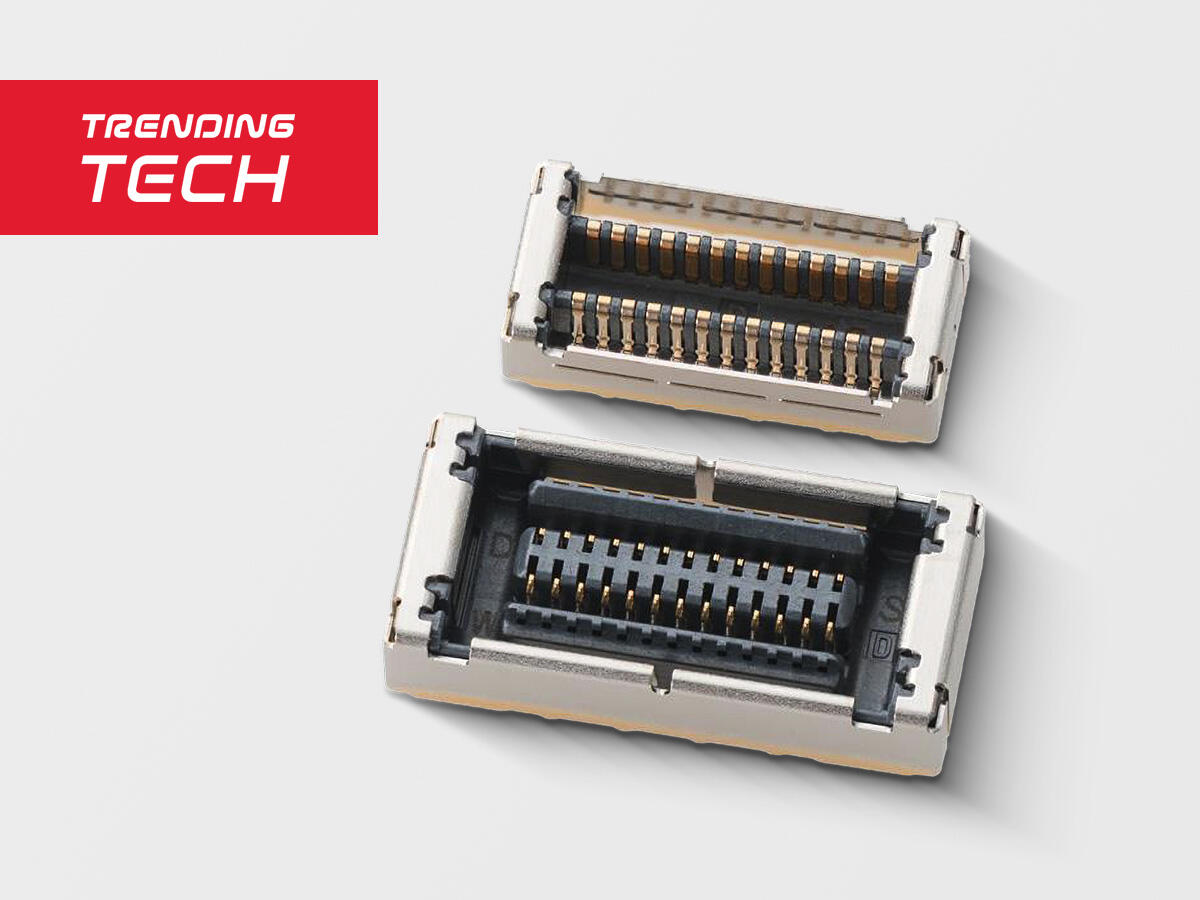
TRENDING TECH
New pitch board to board connector “5908 Series”
-

TRENDING TECH
The Next Frontier in Data Transfer
-
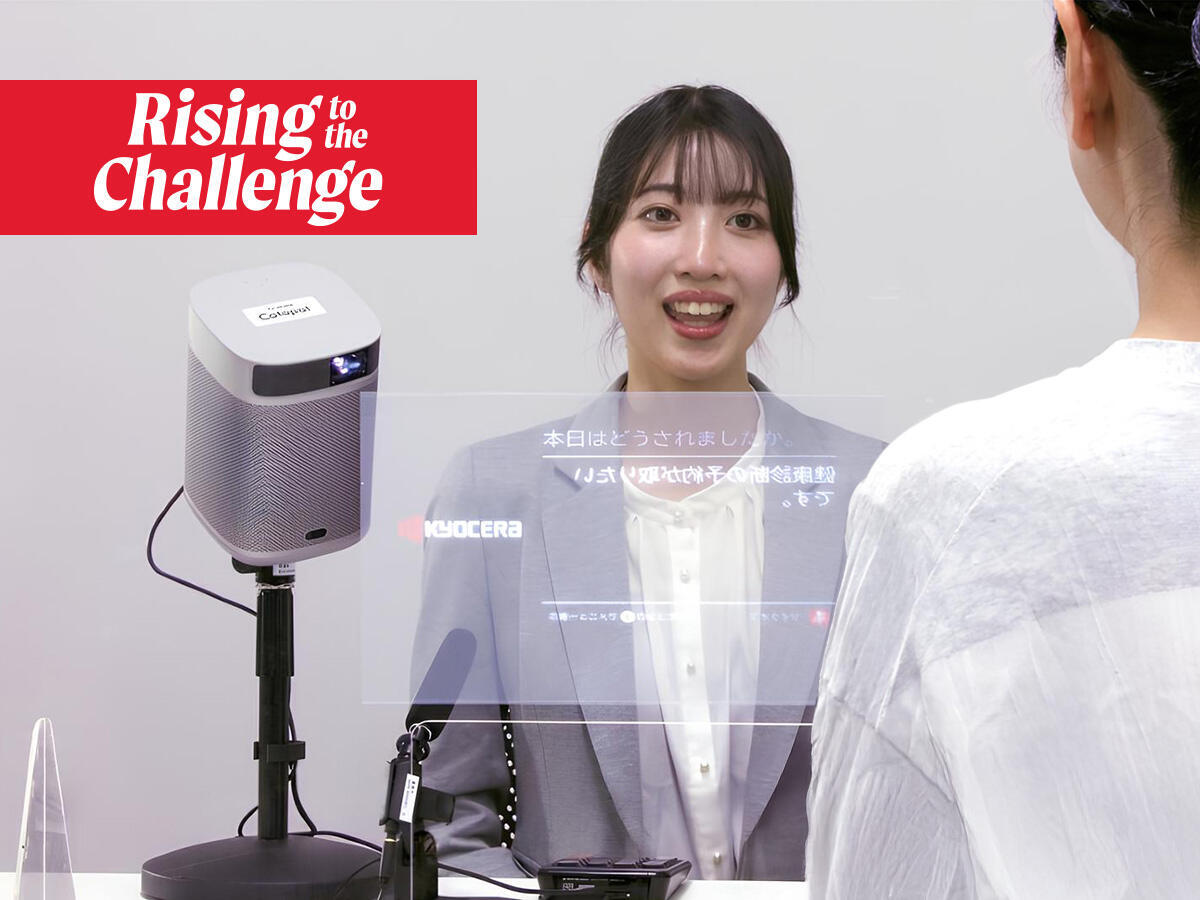
RISING TO THE CHALLENGE
Cotopat’s Market Success Driven by Rigorous Testing and Team Collaboration
-

TRENDING TECH
AI Meets Legacy Systems – A Partnership to Watch
-
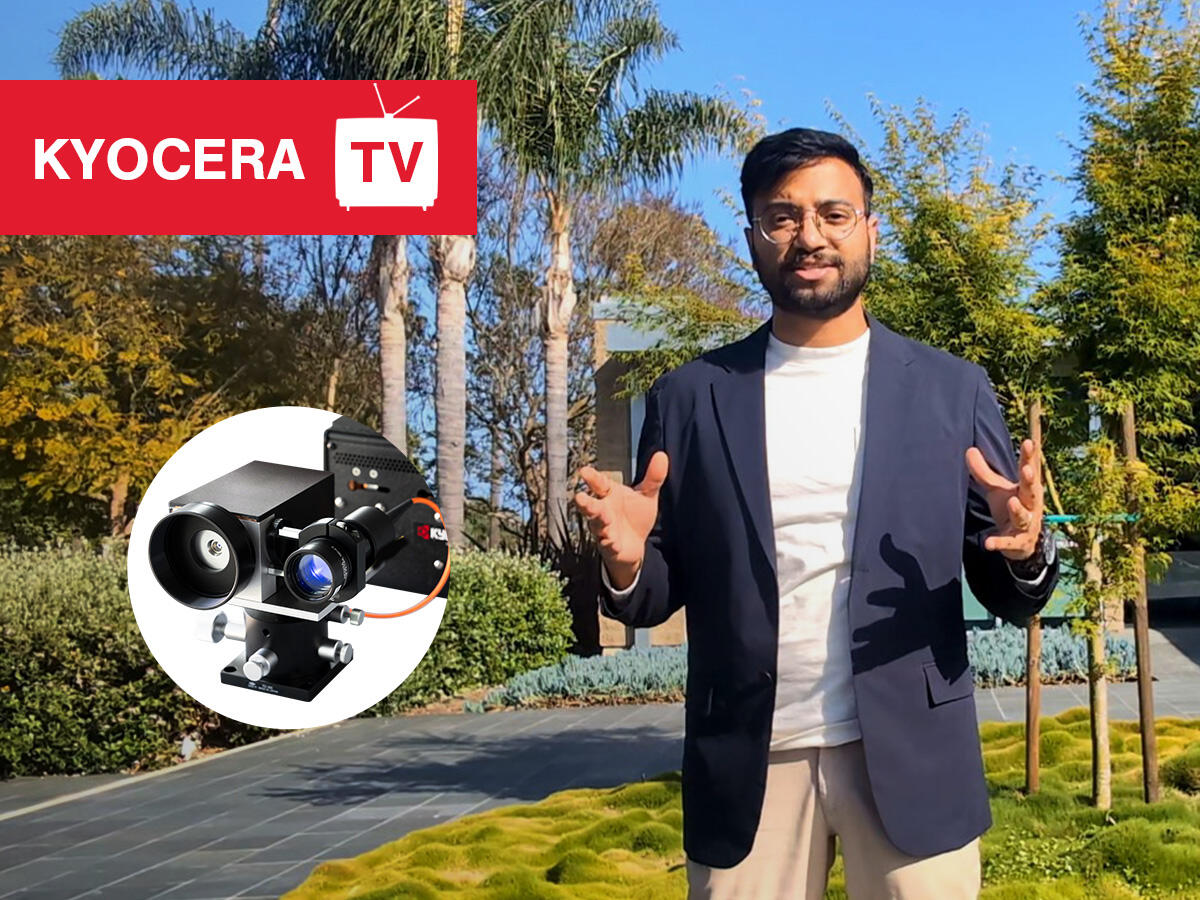
KYOCERA TV
Kyocera Teaches: What is LiFi?
-

TRENDING TECH
Print Like Never Before: Kyocera Unveils 'TPA Series' Thermal Printhead for Stunning Quality

